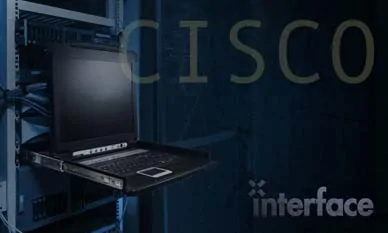
Section 1 – Introduction to CCE
- Contact Center Basics
- Key Performance Indicators
- Cisco Contact Center Fundamentals
- Cisco Contact Center Portfolio
Section 2 – Functionality of PCCE Components
- PSTN and Voice Gateways
- Cisco Unified Border Element (CUBE)
- Cisco Unified SIP Proxy (CUSP)
- VXML Gateway and Virtual Voice Browser (VVB)
- Customer Voice Portal (CVP)
- Intelligent Contact Manager (ICM)
- Cisco Unified Communications Manager (CUCM)
- Finesse Agent Desktop
- PCCE Logical Call Flow
Section 3 – Terms and Naming Conventions Used in CCE
- CCE Access Environment
- Peripherals
- Routing Clients
- Route Requests
- CCE Routing Configuration
- Media Routing Domains
- Dialed Numbers
- Call Types
- CCE Scripting Basics
- Scripts and Script Scheduling
- Skill Targets
- CCE Target Verification and Selection
- Agent Targeting Rule
- Labels
- CCE Targets
- Skill Groups
- Precision Queues
- Agents
Section 4 – Access Tools Available in CCE
- SPOG (Single Pane of Glass)
- Configuration Manager
- Script Editor
- CUCM Web Administration
- Call Studio Application
- Gateway Access
Section 5 – Discovering CCE Features Beyond Default
- Agent Management
- Agent Greeting
- Whisper
- Silent Monitoring
- Agent Efficiency
- Mobile Agent
- Extension Mobility
- Single Sign-on
- Customer Satisfaction
- Courtesy Call Back
- Post Call Survey
- Advanced Features
- Agent Request
- Enterprise Chat and Email
- Outbound Option
- Task Routing
- Video Contact Center
- Enhanced Integration
- Avaya Support
- ICM Gateway Support
- Third Party Integration
- Customer Virtual Assistant
- Command Execution Pane
The target audience for this course is channel partners and field support implementation, or administration of a Cisco Unified Contact Center and VRU implementation in customer enterprise networks, specifically individuals filling these roles.
Primary audiences:
- Deployment Engineers
- Technical Sales
- Account and Project Managers
Secondary audiences:
- Managers overseeing CCE deployments
- Business Liaisons
The knowledge and skills that students are expected to have before attending this course are:
- Basic knowledge of networking (Windows A/D, SQL) and components (servers, routers, switch) is helpful but not required
- Working knowledge of Unified Communications Manager and Voice Gateways
- Basic understanding of IP networks
Here are recommended Cisco learning offerings that may help students meet these prerequisites:
- Cisco CCNA Course
- Cisco CLFNDU Course
Upon completing this course, students will be able to meet these objectives:
- Provide a high-level overview of the Cisco Contact Center portfolio
- List the key components within the PCCE architecture and their functions
- Describe how calls flow through PCCE using appropriate terms and naming conventions
- Introduce the tools used in the Configuration, Scripting, Reporting and Support of a PCCE deployment
- Identify advanced features available within the PCCE solution

